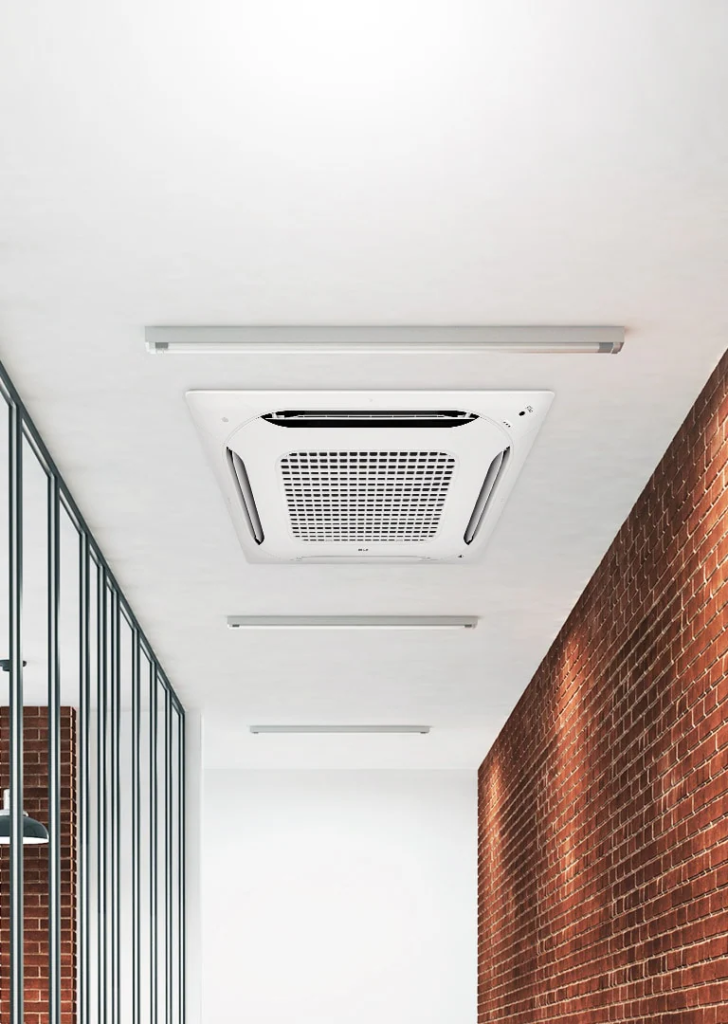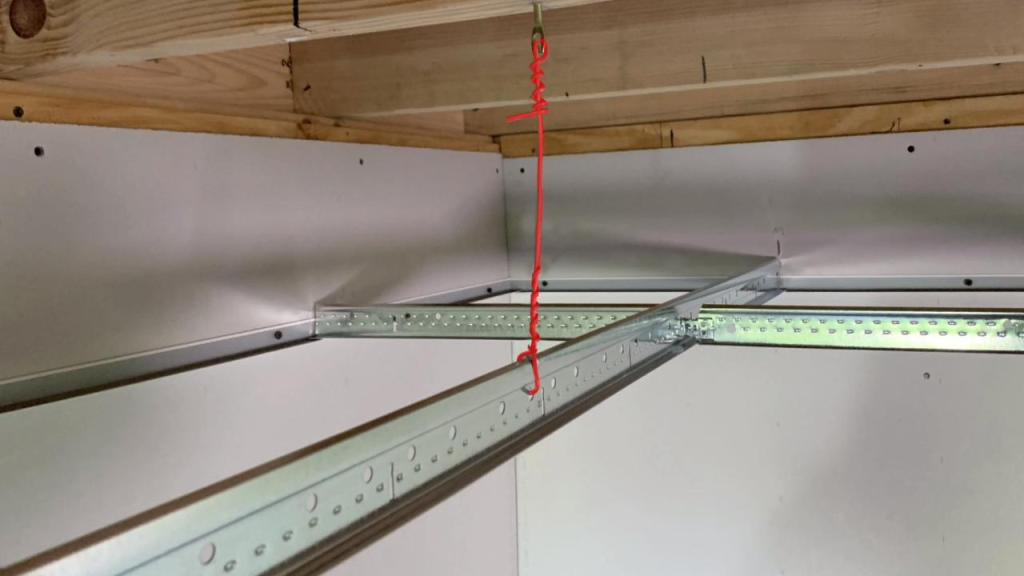As winter approaches, ensuring a warm and cozy environment in your home or workspace becomes a priority. One highly effective solution is the Ceiling Mounted Gas Heaters. These innovative heating units not only save space but also deliver efficient warmth throughout a room. In this comprehensive guide, we will explore the features, benefits, installation process, maintenance tips, and more about ceiling-mounted gas heaters, helping you make an informed decision for your heating needs.

What Are Ceiling Mounted Gas Heaters?
Ceiling Mounted Gas Heaters are heating systems designed to be installed on the ceiling of a room. They utilize natural gas or propane to generate heat, providing a consistent and efficient heating solution. These heaters are particularly popular in commercial settings such as warehouses, garages, and workshops but are also increasingly used in residential spaces.
Key Features of Ceiling Mounted Gas Heaters
- Space Efficiency: By mounting the heater on the ceiling, you free up floor space, which is particularly beneficial in smaller areas. This design allows for better utilization of your living or working space.
- Effective Heat Distribution: Ceiling-mounted units are designed to distribute heat evenly throughout the room. They often use fans to circulate warm air, ensuring that no corner is left cold.
- Quick Heating: These heaters can warm up a space quickly, making them ideal for areas that require immediate heating.
- Energy Efficiency: Many modern ceiling-mounted gas heaters come with energy-efficient features, such as modulating burners and programmable thermostats, which help reduce energy consumption and costs.
- Stylish Design: With a variety of designs available, ceiling-mounted gas heaters can complement the decor of your space while remaining unobtrusive.
Read too: Shiplap Ceiling in Kitchen: A Timeless Trend for a Stylish and Cozy Space
Benefits of Using Ceiling Mounted Gas Heaters
1. Cost-Effectiveness
Gas heating is generally more cost-effective than electric heating, particularly in areas where natural gas is readily available. Ceiling-mounted gas heaters can help lower your overall heating bills by providing efficient warmth to large spaces without the excessive energy costs associated with electric heaters.
2. Ideal for High Ceilings
If you have a space with high ceilings, traditional heating methods may struggle to provide adequate warmth. Ceiling-mounted gas heaters can effectively warm high-ceiling areas by placing the heat source closer to the ceiling, allowing for better heat distribution downwards.
3. Minimal Maintenance
Compared to other heating systems, ceiling-mounted gas heaters require minimal maintenance. Regular checks to ensure proper ventilation and periodic cleaning can keep your unit functioning efficiently without the need for extensive upkeep.
4. Versatile Installation
Ceiling-mounted gas heaters can be installed in a variety of settings, including residential homes, garages, workshops, and commercial spaces. Their flexibility makes them suitable for various applications, allowing you to customize your heating solution based on your specific needs.
5. Safe and Reliable Heating
Modern ceiling-mounted gas heaters are designed with safety features to prevent overheating and gas leaks. Many models come equipped with built-in safety shut-off valves, ensuring that your heating system operates safely at all times.
How Do Ceiling Mounted Gas Heaters Work?
Understanding how Ceiling Mounted Gas Heaters operate can help you appreciate their efficiency. These heaters typically consist of the following components:
- Gas Supply Line: The heater is connected to a gas supply line, either natural gas or propane, which provides the fuel needed for combustion.
- Burners: Inside the heater, burners ignite the gas, producing heat.
- Heat Exchanger: The heat generated is transferred to a heat exchanger, which heats the air or water that is circulated through the space.
- Fan System: Many ceiling-mounted gas heaters are equipped with fans that help distribute the warm air evenly throughout the room. This feature ensures that the heater warms the entire space quickly and efficiently.
- Thermostat Control: Most models come with built-in thermostats or can be connected to external thermostats, allowing you to set and maintain your desired temperature.
Installation Process for Ceiling Mounted Gas Heaters
Installing a Ceiling Mounted Gas Heater requires careful planning and execution. Here’s a step-by-step guide to help you through the installation process.
Tools Needed
- Screwdriver
- Drill
- Level
- Measuring tape
- Wrench
- Safety goggles
Step-by-Step Installation Guide
- Choose the Location: Identify an appropriate location for the heater, ensuring it’s centrally located for optimal heat distribution and away from any obstructions.
- Measure and Mark: Use a measuring tape to determine the best height for installation. Mark the mounting points on the ceiling.
- Install the Mounting Bracket: Secure the mounting bracket to the ceiling using screws and a drill. Ensure the bracket is level for optimal performance.
- Connect the Gas Line: Connect the gas supply line to the heater according to the manufacturer’s instructions. If you’re not comfortable working with gas lines, it’s advisable to hire a licensed professional.
- Mount the Heater: Lift the ceiling-mounted gas heater onto the bracket and secure it in place. Make sure it is level and securely attached.
- Connect the Electrical Wiring (if applicable): If your heater requires electrical components, follow the manufacturer’s instructions to connect the wiring safely.
- Test the System: Once everything is installed, turn on the gas supply and test the heater. Look for any unusual sounds or issues and ensure that it heats properly.
Professional Installation
While some homeowners may feel comfortable installing a ceiling-mounted gas heater themselves, it’s recommended to hire a licensed HVAC technician or plumber for optimal performance and safety. Professionals have the expertise to ensure the unit is installed correctly and adheres to local building codes and regulations.
Maintenance Tips for Ceiling Mounted Gas Heaters
To keep your Ceiling Mounted Gas Heaters operating efficiently, regular maintenance is essential. Here are some tips to help you maintain your unit:
1. Regular Inspections
Conduct regular inspections of the heater to ensure it is functioning correctly. Look for any signs of wear or damage, such as rust or loose connections.
2. Clean the Unit
Dust and debris can accumulate on the heater, affecting its performance. Clean the exterior of the unit and ensure that air vents are free of obstructions.
3. Check the Gas Line
Regularly inspect the gas line for leaks or signs of wear. If you detect any gas odor, turn off the gas supply immediately and contact a professional.
4. Test Safety Features
Periodically test the safety features of the heater, including shut-off valves and carbon monoxide detectors, to ensure they are functioning correctly.
5. Schedule Professional Maintenance
Consider scheduling annual maintenance with a qualified HVAC technician. Professionals can perform comprehensive inspections, clean the unit, and address any issues that may arise, ensuring that your system operates at peak efficiency.
Cost Considerations for Ceiling Mounted Gas Heaters
When considering a Ceiling Mounted Gas Heater, it’s essential to factor in both the initial costs and the ongoing expenses associated with operation and maintenance.
Initial Costs
The price of a ceiling-mounted gas heater can vary based on several factors, including:
- Unit Size: Larger units designed to heat more extensive spaces will generally cost more.
- Energy Efficiency Rating (EER): Units with higher EER ratings may have a higher upfront cost but can save you money on energy bills in the long run.
- Brand: Some brands may carry a premium due to their reputation for quality and reliability.
Ongoing Costs
In addition to the initial purchase price, consider the ongoing costs of operating and maintaining the unit. These include:
- Gas Bills: Monitor your gas consumption, as more powerful units may lead to higher gas bills.
- Regular Maintenance: Budget for routine maintenance and occasional repairs to keep your system in good working order.
Choosing the Right Ceiling Mounted Gas Heater
Selecting the right Ceiling Mounted Gas Heater involves careful consideration of several factors:
1. Room Size
Ensure that the unit you choose is appropriately sized for the space you intend to heat. An undersized unit may struggle to heat the area effectively, while an oversized unit may lead to energy inefficiency.
2. Energy Efficiency
Look for models with high energy efficiency ratings. Units with modulating burners can adjust their heating capacity based on room temperature, providing more efficient operation.
3. Noise Levels
If noise is a concern, check the unit’s decibel rating. Models designed for quiet operation can enhance comfort in noise-sensitive areas.
4. Additional Features
Consider additional features that may enhance your experience, such as remote control operation, programmable timers, and smart home compatibility.
Conclusion
Ceiling Mounted Gas Heaters offer a versatile, efficient, and space-saving heating solution for both residential and commercial applications. With their ability to provide consistent warmth, quick heating capabilities, and minimal maintenance requirements, they are an excellent choice for anyone looking to enhance their indoor comfort during the colder months. By understanding the installation process, maintenance requirements, and cost considerations, you can make an informed decision about integrating a ceiling-mounted gas heater into your space.
Whether you’re looking to improve comfort in your home or create a pleasant atmosphere in your workplace, a ceiling-mounted gas heater is an excellent choice that delivers both functionality and style.


















